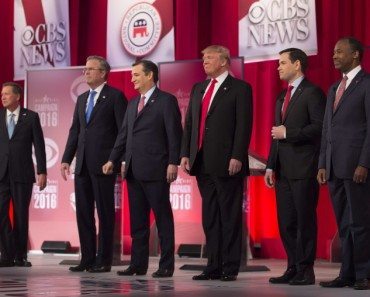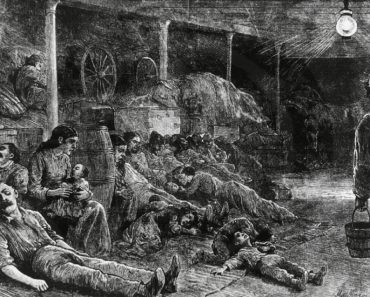
Photo: CNN
Holes in Wilbur Ross View of the Current state of NAFTA
Another problem with Ross’ argument is the negative light he sheds on the annual percentage drop in American-made parts in NAFTA imports. What he fails to mention is the rise in absolute terms. This means that, although we may see a decrease in American-made parts, we still see an increase in trade thanks to the agreement. Which means, ultimately, there is an increase in American-made parts being exported.
In layman’s terms, American imports from Mexico have increased from $40 billion to about $300 billion a year. So even if the percentage of American parts in these Mexican goods has decreased, in absolute terms it has increased from $10 billion to $46 billion. The same can be said for Canadian goods.
Flawed Analysis lead to Flawed Remedies
To keep jobs in America, Ross suggests tightening NAFTA’s already tight “rules of origin” requirements on imports. Currently, the treaty says that 62 percent of the parts in imports must come from North America. This is to avoid a 2.5 percent border tax that non-NAFTA countries must pay. The administration wants to raise that from 62 to 85 percent. In addition to the 73 percent rise, they want 50 percent of the content to be not just North American but strictly from the United States.
This is a nearsighted demand that will backfire.








